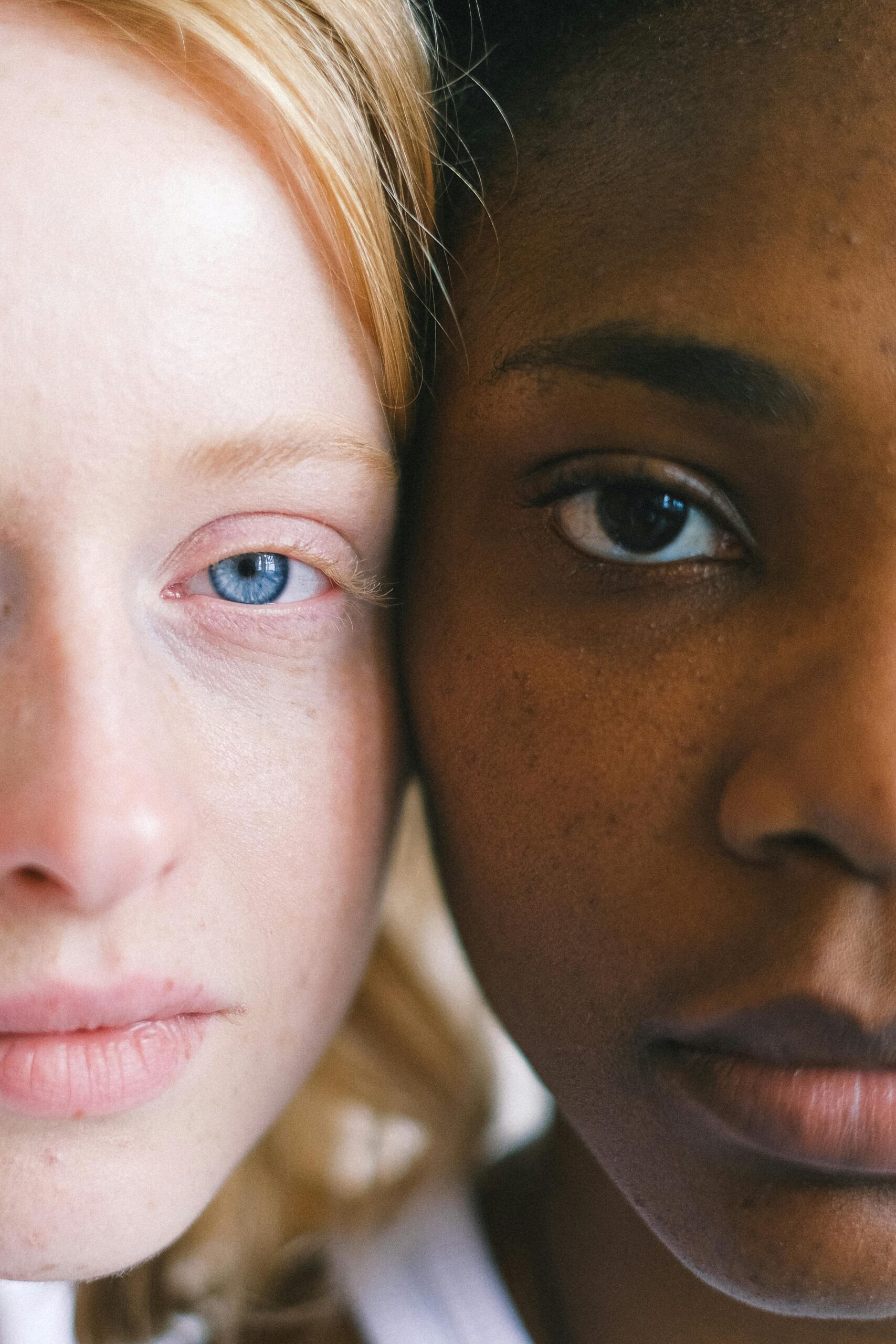- No products in the cart.

Embracing Diversity: Exploring the Beauty of Skin Color
In a world as diverse as ours, skin color is a beautiful spectrum that reflects the richness of human ancestry, geography, and culture. From the fairest ivory to the deepest ebony, every hue tells a unique story and holds a special significance. Let’s delve into the multifaceted beauty of skin color, celebrating its diversity and significance across different cultures and societies.

The Science of Skin Color:
Skin color is primarily determined by the amount of melanin, a pigment produced by specialized cells called melanocytes in the skin. The more melanin present, the darker the skin color. This variation in melanin levels is influenced by genetic factors, sun exposure, and environmental adaptations.
Cultural and Historical Significance:
Throughout history, skin color has held different meanings and connotations in various cultures and societies. In some ancient civilizations, lighter skin was associated with privilege, beauty, and social status, while darker skin was often linked to laborious outdoor work or lower social standing.
Diversity Across Continents:
Across different continents and regions, skin color varies widely, reflecting the genetic diversity of human populations. In Africa, for example, skin tones range from deep ebony in sub-Saharan regions to lighter shades in North Africa. Similarly, Asia, Europe, and the Americas exhibit diverse ranges of skin colors influenced by historical migrations and intermixing.
Skin Color and Identity:
For many individuals, skin color plays a significant role in shaping their sense of identity and belonging. It is often intertwined with cultural heritage, family traditions, and personal experiences. Embracing one’s skin color can be an empowering journey of self-discovery and self-acceptance.
Challenges and Discrimination:
Despite the beauty and diversity of skin color, prejudices and discrimination based on skin tone persist in many societies. Colorism, or discrimination based on skin color within the same racial or ethnic group, remains a pervasive issue, impacting individuals’ opportunities, self-esteem, and well-being.
Celebrating Diversity:
In recent years, there has been a growing movement to celebrate and embrace diversity in all its forms, including skin color. Beauty brands, fashion designers, and media outlets are increasingly showcasing models and influencers with diverse skin tones, challenging narrow beauty standards and promoting inclusivity.
Conclusion:
Skin color is not just a physical attribute; it is a reflection of our shared humanity and the diversity of the human experience. Embracing the beauty of skin color means celebrating differences, challenging stereotypes, and fostering a culture of inclusivity and acceptance. As we continue on this journey, let us celebrate the kaleidoscope of skin tones that enrich our world and unite us in our common humanity.